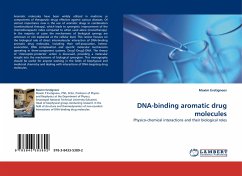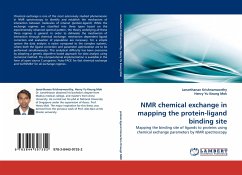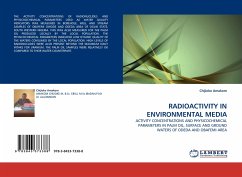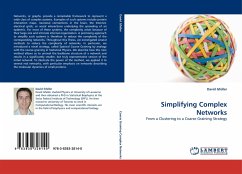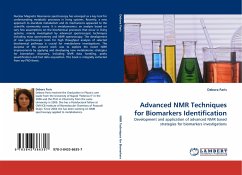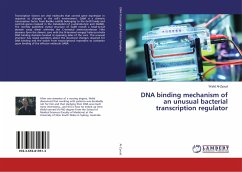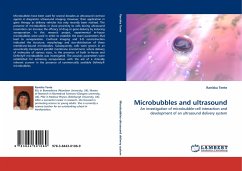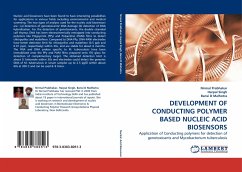Aromatic molecules have been widely utilized in medicine as components of therapeutic drugs effective against various diseases. Of utmost importance now is the use of aromatic drugs in combination (combinational therapy), which leads to synergistic improvement of the chemotherapeutic index compared to when used alone (monotherapy). In the majority of cases the mechanisms of biological synergy are unknown or not explained at the cellular level. This review focuses on the biological role of direct intermolecular interaction of DNA-binding aromatic drug molecules, including their self-association, hetero- association, DNA complexation and specific molecular mechanisms operating in three-component systems, Drug1-Drug2-DNA. The theory of 'interceptor-protector' action is discussed, providing a molecular insight into the mechanisms of biological synergism. This monography should be useful for anyone working in the fields of biophysical and medicinal chemistry and dealing with interactions of DNA-targeting drug molecules.
Bitte wählen Sie Ihr Anliegen aus.
Rechnungen
Retourenschein anfordern
Bestellstatus
Storno

